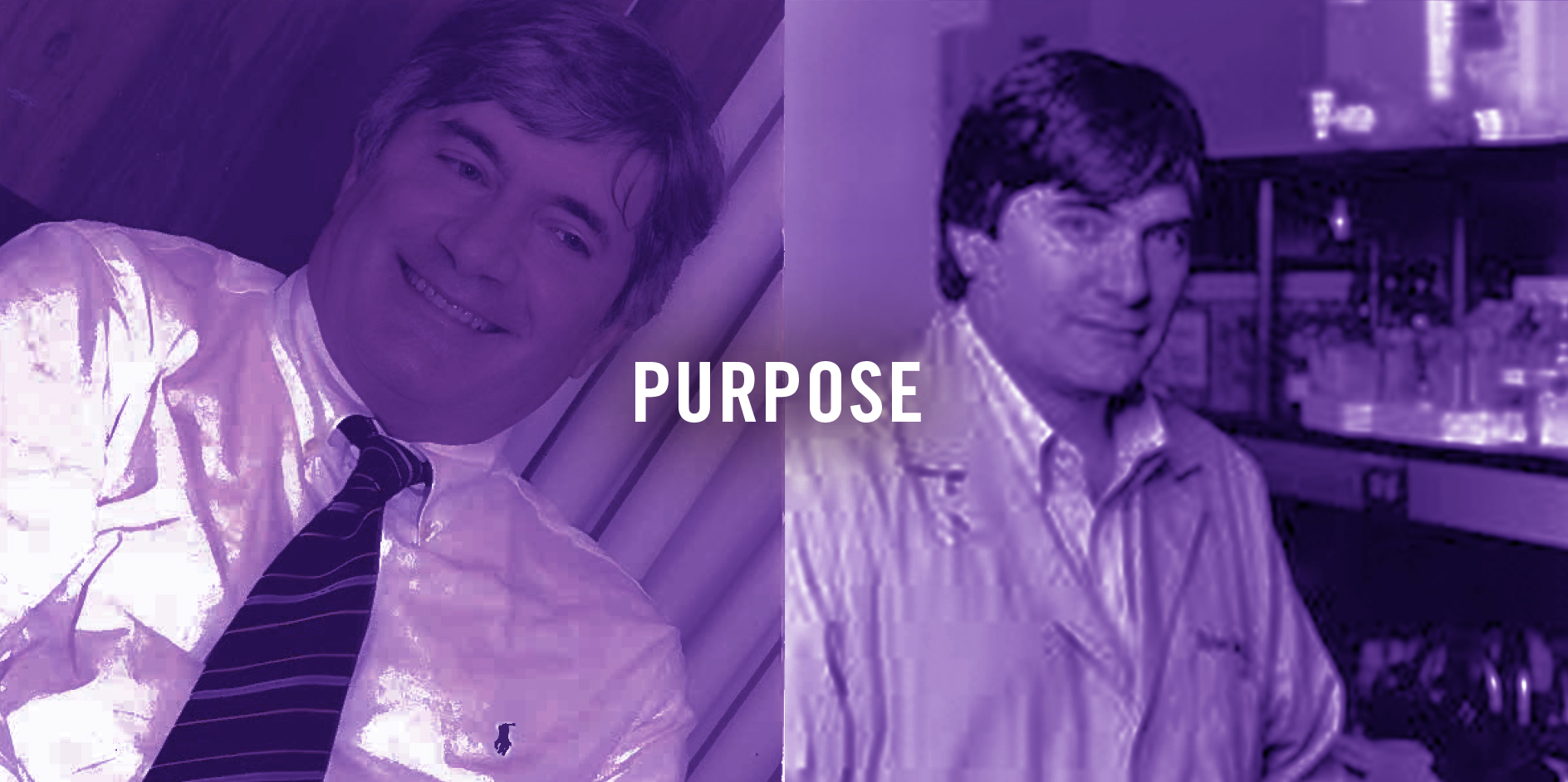
Convert a chronic disease into a one-time reversible illness:
This journey records the history of Dr. Richard Burt using hematopoietic stem cell transplantation (HSCT) for autoimmune diseases. The goal of HSCT for autoimmune disease is to employ standard, generic, non-patented, immune modulating drugs (given over approximately 5 days depending on the conditioning regimen) to convert a chronic autoimmune disease into a one-time acute reversible illness.
The terminology used to described this procedure is a stem cell transplant, but in actuality, the effect and toxicity is derived from the conditioning regimen and patient selection. The autologous (your own cells) hematopoietic (blood and immune) stem cells have no therapeutic effect and simply shorten the post conditioning regimen interval of neutropenia. Similar to a red blood cell or platelet transfusion, reinfusion of autologous hematopoietic stem cells are a supportive blood transfusion.
The conditioning drugs reduce (remove) your immune cells and stop inflammation within the body. The rapid recovery (5 to 10 days depending on conditioning regimen) of hematopoiesis (blood production) in a noninflammatory environment then reintroduces tolerance to self. The procedure is the clinical application of the laboratory concept: "Antigen presentation without costimulation induces tolerance".
While the drugs and patient selection need to be individualized for each autoimmune disease, this treatment has, in our own hands, changed the natural history of several chronic diseases by reversing organ damage and prolonging drug-free and symptom-free remissions (exceeding 5 years) for:
Neurologic Diseases
Relapsing Remitting Multiple Sclerosis
Chronic Inflammatory Demyelinating Polyneuropathy
Neuromyelitis Optica (Devics)
Stiff Person Syndrome/p>
Rheumatological diseases
Systemic Sclerosis
Gastrointestinal Disease
Crohn
Obstacles to expanding this approach and patient access:
1) Misinformation that the hematopoietic stem cells are a drug and must have FDA approval, an extremely costly process that only drug companies can afford.
2) Failure to recognize that physicians are trained and licensed to and must in routine clinical practice use standard drugs in combinations to successfully treat patients.
3) The technology to do transplant and experience to understand different autoimmune disorders crosses traditional but arbitrary separation of diseases into different subspecialties. Quoting Virchow " The good doctor treats the disease. The great doctor treats the patient".
4) Failure to understand that this one-time treatment (depending on the conditioning regimen) is cost effective compared to chronic drugs.
The future to advance this field:
1) Health care should be a human right. But in order to achieve that goal, health care must be Accountable, Advanced, Affordable, and All-inclusive. No system, worldwide, has yet achieved all of these four requirements.
For hematopoietic stem cell transplantation for autoimmune diseases, since there is no new drug or license or patent, there is no pharmaceutical, institutional, or individual profit. Depending on the conditioning regimen, hematopoietic stem cell transplantation for autoimmune disease (a one time treatment) is, however, extremely cost effective when compared to chronic drug therapy.
Tweeking our current system to allow an institution and individual clinician to be financially rewarded by capturing a small amount of the saved revenue for developing an equally or more effective but cost saving approach by using existing standard non-patented drugs will financially reward institutions and physicians to become cost effective.
Currently our health care system is focused on maximizing profit by management implementation of physician RVUs. The result is use of the most expensive treatment to maximize institutional profit. Alternatively, individual institutions and clinicians at the bedside could be financially incentivized, in a manner similar to pharmaceutical companies, to utilize existing cheaper standard non-patented drugs (for which no drug company has a financial interest) to achieve more cost effective results. If structured to be performed from the bottom-up by capitalizing on the expertise and knowledge and enthusiasm of bedside physicians to utilize standard treatments to save money, especially if proven more clinically effective, we can move closer to making health care Accountable, Advanced, Affordable, and All-inclusive.
2) The current debate in hematopoietic stem cell transplantation is whether the regimen should be more intense (myeloablative) or less intense (non-myeloablative). Within this stemcelljourney, as a pioneer in the field, I focused on the cheaper and safer non-myeloablative conditioning regimens. Future protocols should further perfect the conditioning regimens to be even safer, allowing the procedure to be performed as an outpatient and therefore be even more cost effective allowing access to more patients.
